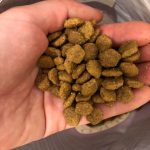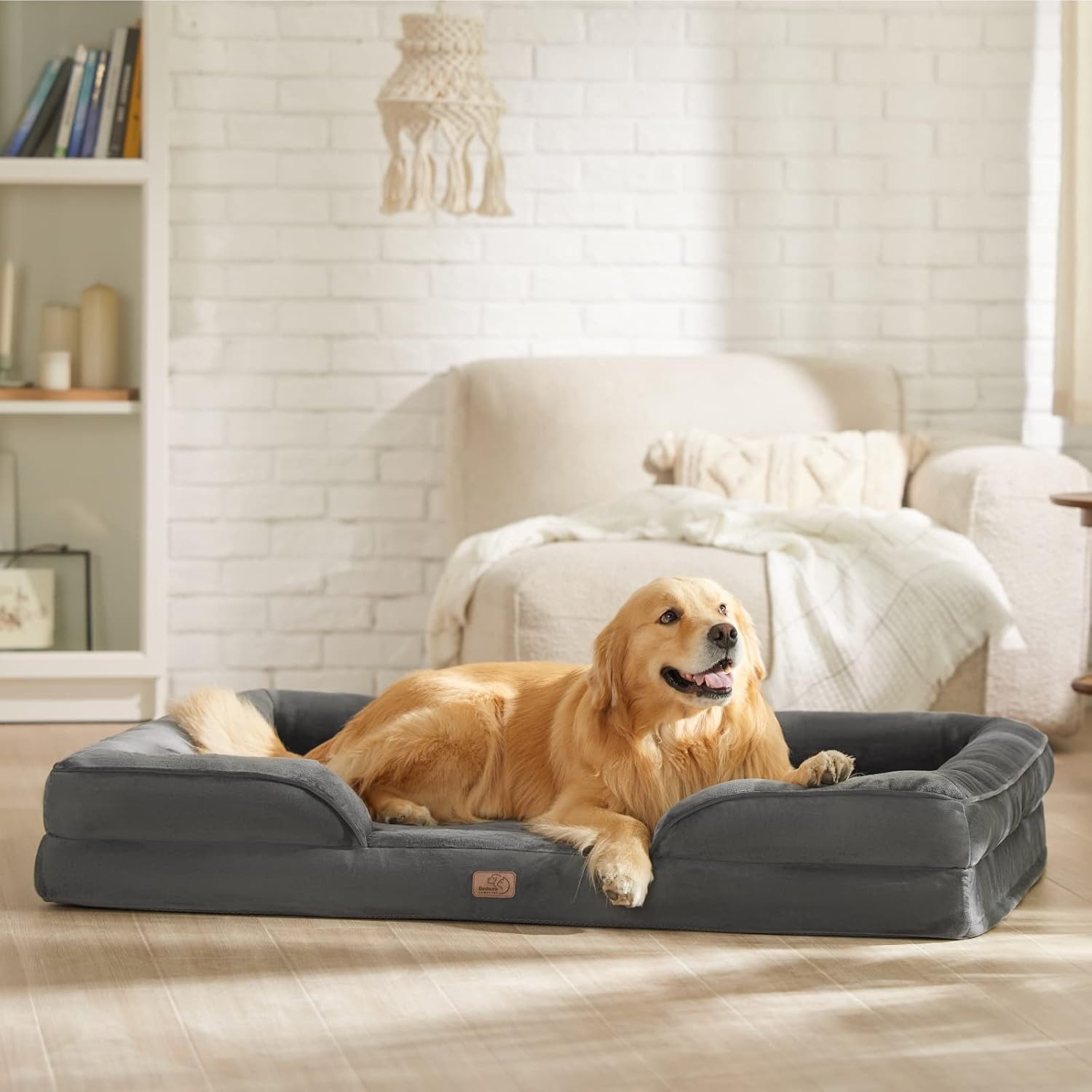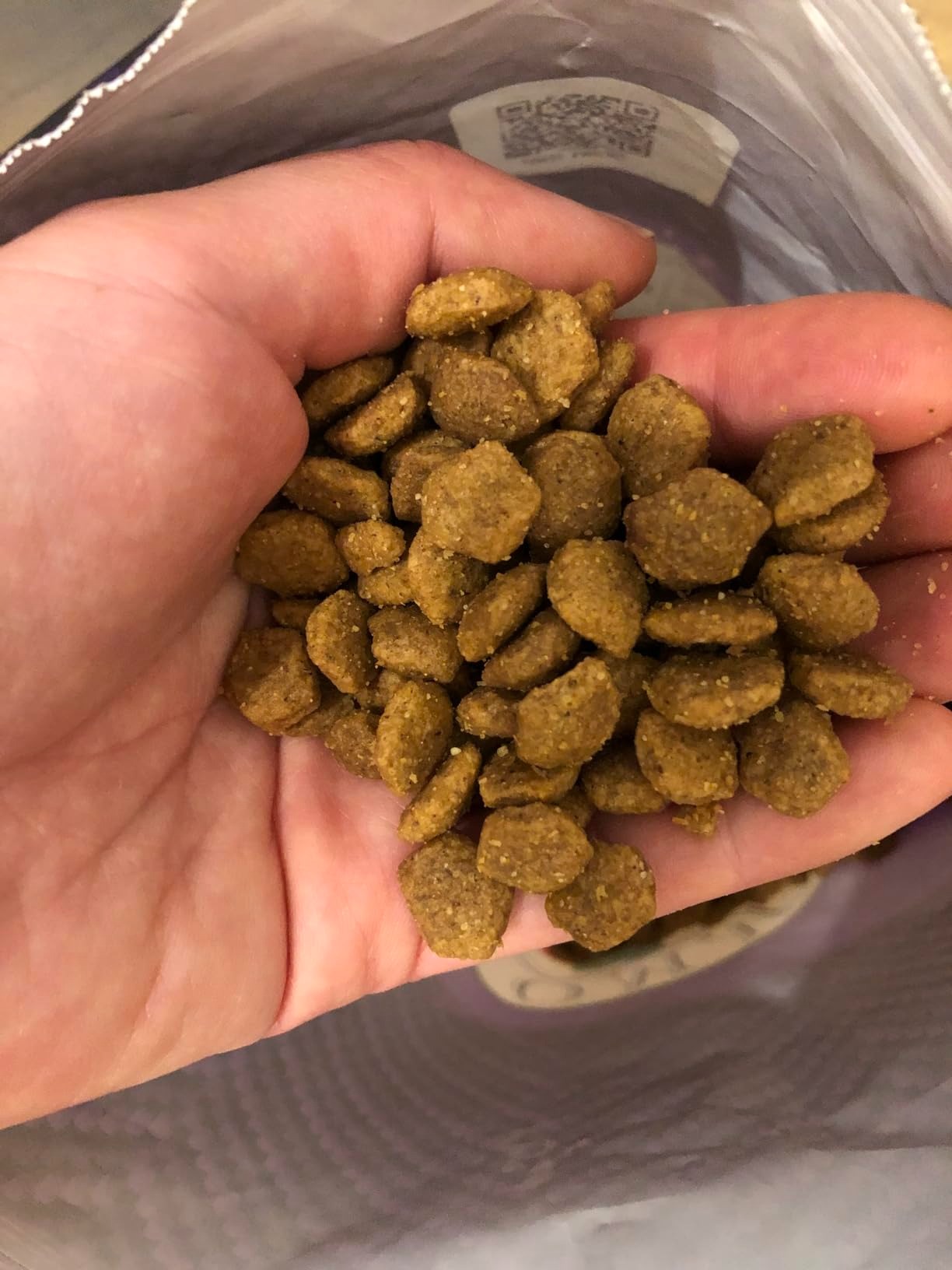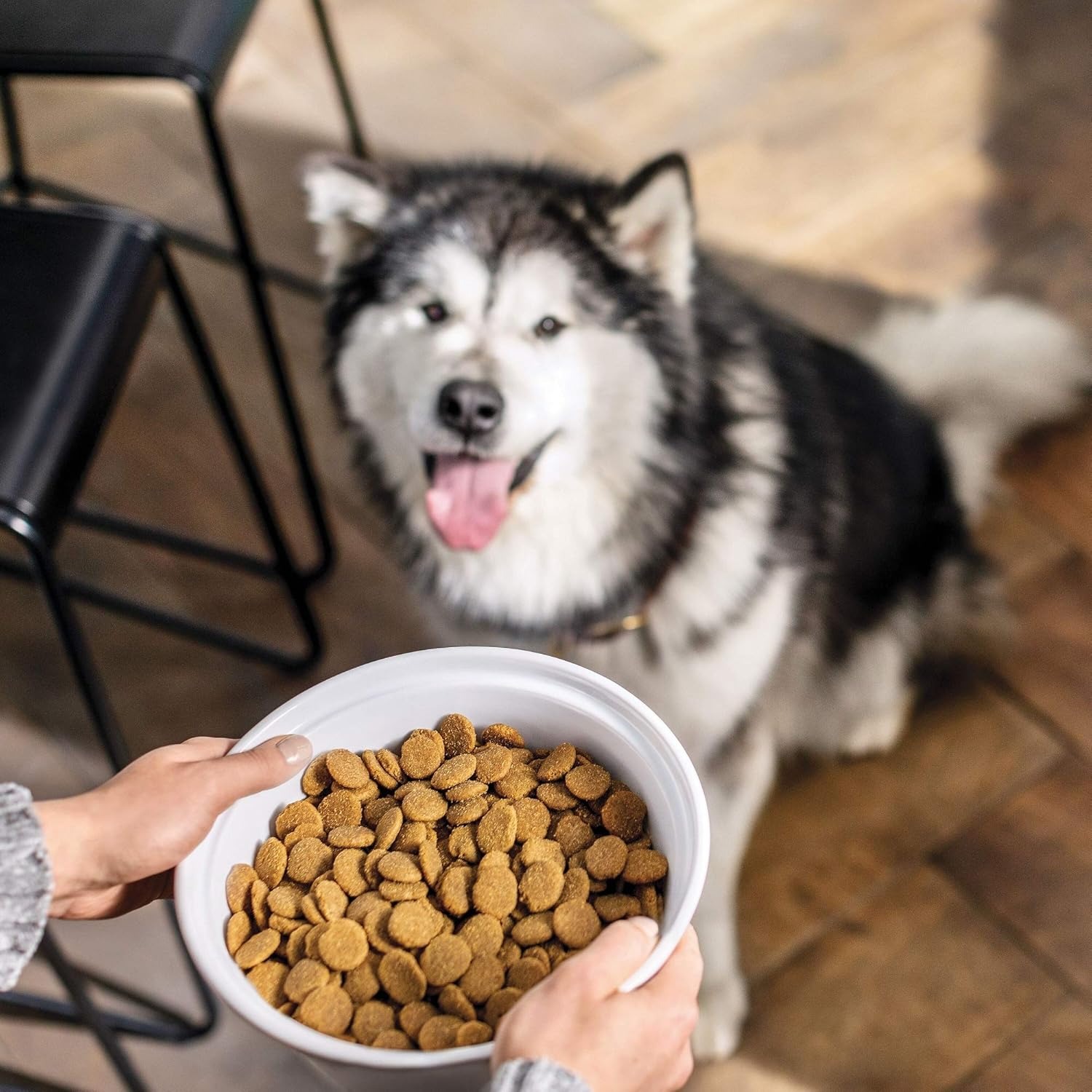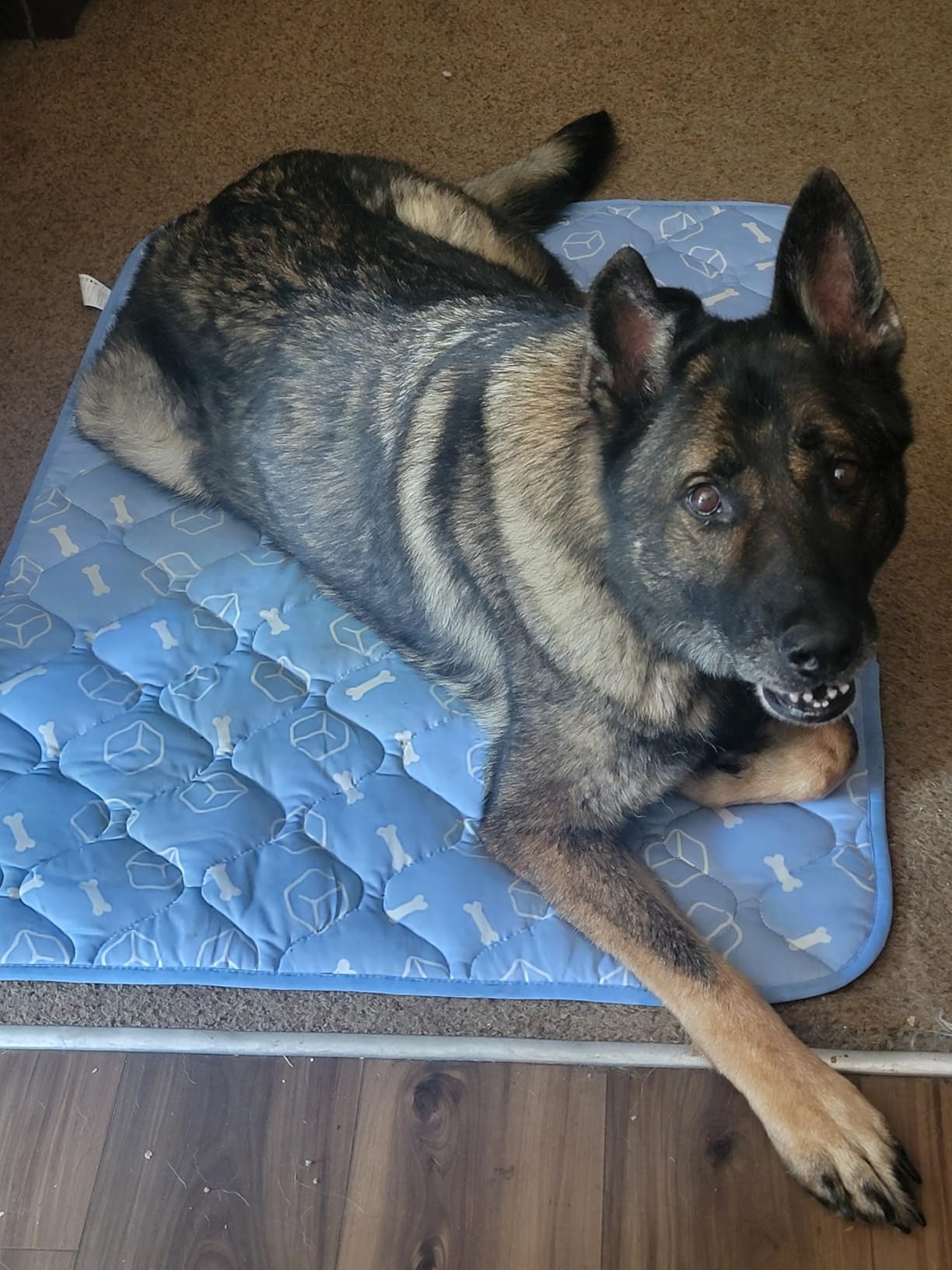What is Tartar and Why is it Harmful for Dogs?
How to remove tartar from dog teeth? Tartar is a hardened layer of plaque found on dog teeth. It develops when plaque isn’t removed regularly. Understanding tartar and its effects is key to safeguarding your dog’s oral health.
The Formation of Tartar
Plaque begins as a soft film of bacteria on a dog’s teeth. It forms when food particles mix with saliva and bacteria. If not removed, plaque hardens into tartar over time. Tartar buildup tends to start along the gumline, where it can cause further dental problems.

Poor dental hygiene accelerates tartar development. Regular brushing and dental care help reduce plaque. Without these habits, tartar accumulates quickly and spreads across the teeth. Breed and diet also impact how fast tartar forms, making dental attention crucial.
Health Risks Associated with Tartar
Tartar is harmful to dogs because it leads to dental and health issues. It irritates the gums, causing inflammation and gingivitis. Over time, untreated tartar can result in periodontal disease, which damages teeth and roots.
The bacteria in tartar can enter your dog’s bloodstream. This may affect internal organs, like the heart and kidneys. Severe cases can cause infections, pain, and difficulty eating. This highlights the importance of removing tartar early and preventing buildup.
Ensuring good dental hygiene helps avoid these risks. Regular dental care keeps tartar from causing long-term harm. Proactive steps protect your dog’s smile and overall health.
Signs Your Dog May Have Tartar Build-Up
How to remove tartar from dog teeth? Tartar build-up on your dog’s teeth should not be ignored. Identifying signs early prevents severe dental issues.
Common Symptoms to Look For
Recognizing signs of tartar build-up helps address the issue promptly. Here are common symptoms:
- Bad breath (Halitosis): Persistent bad breath is a warning of tartar.
- Yellow or brown teeth: Tartar often discolors teeth near the gumline.
- Swollen or bleeding gums: Gum irritation is a sign of plaque and tartar.
- Difficulty eating or chewing: Your dog may refuse food due to dental discomfort.
- Drooling more often: Excess drooling can result from tartar build-up.
Monitor your dog for these symptoms regularly. Early action can prevent serious dental diseases.
How to Identify Severe Cases
Sometimes, tartar build-up progresses into advanced dental issues. Severe cases often show noticeable signs:
- Loose or missing teeth: Advanced periodontal disease weakens teeth.
- Receding gums: Gums may pull away from teeth, exposing the roots.
- Pus or abscesses: Infected gums may cause visible pus around teeth.
- Loss of appetite: Severe pain can discourage eating.
- Behavioral changes: Dogs may become irritable due to discomfort.
If you observe any of these signs, consult a veterinarian immediately. Neglected tartar can lead to life-threatening conditions, including organ damage. Timely veterinary care is essential to restore your dog’s dental health.
Preventive Measures to Avoid Tartar
Preventing tartar build-up in dogs is easier than treating it. Regular care ensures better oral health.
Importance of Regular Dental Care for Dogs
Regular dental care removes plaque before it hardens into tartar. It also prevents gum disease.
- Routine brushing removes daily plaque and bacteria. Start when your dog is young.
- Annual vet check-ups help detect early signs of tartar or dental problems.
- Professional cleanings may be needed for some dogs to maintain healthy teeth.
Consistent dental care ensures a healthier, happier pet. It avoids costly treatments.
Best Practices for Brushing Your Dog’s Teeth
Brushing is the most effective way to prevent tartar. Follow these tips:
- Use dog-specific toothpaste to avoid harmful ingredients. Human toothpaste can be toxic to dogs.
- Choose a soft-bristled brush designed for pets; finger brushes work for small dogs.
- Start slow to help your dog get used to brushing. Begin with small sessions.
- Brush regularly, ideally daily or at least three times a week.
- Reward your dog after brushing to encourage cooperation.
Making brushing a routine keeps plaque at bay and prevents tartar build-up.
Importance of Dental Chews and Toys
Dental chews and toys help maintain clean teeth while dogs play.
- Chewing reduces plaque and tartar by mechanically cleaning your dog’s teeth.
- Dental chews are infused with ingredients that improve oral health. Look for vet-approved options.
- Safe dental toys provide entertainment while contributing to oral hygiene. Opt for durable materials.
Incorporating these into your dog’s routine adds an extra layer of dental protection. Regular use is key to success.
Effective Methods to Remove Tartar From Dog?s Teeth
How to remove tartar from dog teeth? Removing tartar from your dog’s teeth is crucial for their oral and overall health. Various methods can help you tackle tartar build-up effectively. These range from professional cleanings to at-home solutions, but understanding the risks is important.
Professional Dental Cleaning by Veterinarians
Veterinarians provide the most thorough and effective tartar removal for dogs. This process includes several steps:
- Initial examination to assess tartar build-up and overall dental health.
- Scaling to remove hardened tartar above and below the gumline. Specialized tools ensure all tartar is removed.
- Polishing teeth to smooth surfaces and prevent future plaque accumulation.
- X-rays, if needed, to check for underlying dental problems.
Veterinarian cleanings require anesthesia to keep your dog comfortable and safe. Although it may seem costly, professional cleaning is essential for advanced tartar and periodontal disease.
Home Remedies to Remove Tartar
For mild tartar build-up, home remedies can help maintain your dog’s oral health. These include:
- Brushing your dog’s teeth regularly with dog-specific toothpaste and a soft-bristled toothbrush. Daily brushing is most effective.
- Using dental sprays designed to break down plaque and tartar. Spray directly onto your dog’s teeth and gums.
- Feeding dental-friendly dog food, which has additives that reduce plaque formation.
- Incorporating raw bones or dental chews, as they help scrape off tartar naturally. Always supervise chewing.
Home remedies are suitable for prevention and minor tartar, but they cannot replace professional care for severe cases.
Risks of DIY Tartar Removal
DIY tartar removal may save money but comes with potential risks:
- Injury to your dog’s gums if tools are used improperly. This can cause bleeding or infections.
- Incomplete tartar removal, especially below the gumline, which may lead to more serious issues.
- Stress for your dog, as they may resist home-cleaning efforts, making the process difficult.
- Worsening dental problems, if symptoms of advanced disease are overlooked.
While at-home care is helpful for prevention, severe tartar requires professional attention. Trying to address major problems without veterinary guidance could harm your pet.
By balancing professional cleanings and home care, you can maintain your dog’s oral health and prevent future tartar issues.
Recommended Products for Dog Dental Care
How to remove tartar from dog teeth? Picking the right products ensures effective tartar prevention and removal for your dog.
Best Dog Toothbrushes and Toothpaste
- Dog-Specific Toothpaste: Choose pastes made specifically for dogs to avoid harmful chemicals. Human toothpaste can be toxic.
- Soft-Bristled Toothbrushes: Select brushes designed for pets. Finger brushes are ideal for small dogs.
- Triple-Headed Toothbrushes: These cover more surface area, making brushing faster and more effective.
- Flavorful Options: Many dog toothpastes come in flavors like chicken or peanut butter. These make brushing enjoyable.
Using the right tools makes brushing easier and more effective for preventing tartar.
Popular Dental Treats and Chews
- Approved Dental Chews: Pick chews that reduce plaque and tartar. Look for options with the Veterinary Oral Health Council (VOHC) approval.
- Chewing Toys: Durable dental toys help scrape off plaque while entertaining your dog.
- Textured Treats: Some treats have ridges or nubs designed to clean teeth and massage gums.
- Natural Options: Raw bones can act as a natural cleaner but supervise to avoid choking hazards.
Including these products in your dog’s routine makes oral care easier and more effective.
When to Seek Veterinary Help
Knowing when to seek professional help is crucial for your dog’s dental health. Some cases require veterinary expertise to prevent lasting damage.
Recognizing Advanced Dental Disease
How to remove tartar from dog teeth? Advanced dental disease shows serious signs you can’t handle at home. Here’s how to recognize it:
- Severe bad breath: Persistent odor despite regular home care suggests deep bacterial issues.
- Visible tartar and receding gums: Thick tartar and gums pulling away need professional cleaning.
- Loose or missing teeth: These signal advanced periodontal damage requiring urgent attention.
- Signs of mouth pain: Whining, reduced appetite, or hiding are common pain indicators.
- Swelling or pus: Swollen gums or abscesses hint at advanced infection that needs medical care.
Act fast if you notice these symptoms. Delayed treatment can lead to complications, including organ damage.
Understanding the Role of Veterinary Dentistry
Veterinary dentists play a key role in maintaining your pet’s oral health. Here’s how they help:
- Thorough tartar removal: They clean above and below the gumline to stop disease progression.
- Dental X-rays: These detect hidden issues like root infections or bone loss.
- Treating periodontal disease: They address gum and bone infections to save teeth.
- Surgical interventions: Severe cases may need tooth extractions or advanced procedures.
- Customized advice: Vets recommend products and routines tailored to your dog’s needs.
Visiting a vet ensures effective treatment and long-term oral health. Home care alone isn’t enough for advanced cases.
Tips for Maintaining Long-Term Oral Health
Proper dental care ensures your dog’s teeth and gums stay healthy. By following consistent routines and seeking professional advice when needed, you can drastically improve your pet’s oral health.
Establishing a Dental Care Routine
A regular dental care routine prevents tartar and plaque from forming. Here are simple steps:
- Brush your dog’s teeth daily using dog-specific toothpaste. This removes plaque buildup before it hardens.
- Provide dental chews and toys that clean teeth and massage gums during playtime.
- Feed dental-friendly food designed to reduce plaque and improve oral health.
- Use dental sprays or water additives to freshen breath and break down tartar.
- Inspect your dog’s teeth regularly for signs of discoloration, gum swelling, or bad breath.
Consistency is key, so create a routine and stick to it. Small daily efforts lead to bigger health benefits.
Importance of Regular Veterinary Check-Ups
Veterinary check-ups are essential to detect early dental problems. These visits help:
Spot Hidden Tartar Build-Up and Gum Issues
- Early Detection: Regular dental checks can help identify hidden tartar that may not be visible during routine grooming.
- Symptoms to Watch For: Keep an eye out for bad breath, discolored teeth, or inflamed gums, as these can be early indicators of tartar buildup and potential gum issues.
- Preventive Action: Detecting these problems early allows for timely intervention, which can prevent more severe dental health issues and avoid painful conditions for your dog.
Ensure a Professional Cleaning if Plaque Accumulation Becomes Significant
- Regular Vet Visits: Schedule professional dental cleanings at your veterinarian’s office to manage plaque accumulation effectively.
- Comprehensive Cleaning: A professional cleaning can remove built-up plaque and tartar that regular brushing cannot address, ensuring your dog’s teeth remain healthy and clean.
- Preventative Care: Taking action when plaque accumulation is noted can help prevent further complications, such as infections or advanced gum disease.
Address Advanced Periodontal Disease to Protect Your Dog’s Overall Health
- Recognizing Serious Conditions: Be aware of the signs of advanced periodontal disease, such as severe gum recession, tooth loss, or persistent oral pain.
- Holistic Health Impact: Understanding that dental health is linked to overall health is vital; untreated periodontal disease can lead to systemic health problems in dogs, including heart and kidney issues.
- Prompt Treatment: If advanced periodontal disease is diagnosed, prompt treatment is essential to protect your dog’s overall well-being, which may include deeper cleaning, medication, or even surgery.
Check for Signs of Infections or Conditions Affecting Teeth and Gums
- Look for Warning Signs: Regularly assess your dog’s mouth for indications of infections, such as swelling, sores, or unusual discharge.
- Behavioral Changes: Pay attention to any changes in your dog’s behavior, like reluctance to eat, excessive drooling, or pawing at their mouth, which can indicate dental pain or infections.
- Veterinary Consultation: If you notice any signs of infection or conditions impacting your dog’s oral health, consult your vet for an accurate diagnosis and treatment plan.
Get Personalized Advice on Maintaining Your Dog’s Dental Routine
- Customized Dental Care Plans: Seek personalized advice from your veterinarian regarding the best dental care routine tailored to your dog’s specific needs and conditions.
- Recommendations for Products: Your vet can suggest appropriate dental care products, such as toothpaste, chews, or mouth rinses, that are safe and effective for your dog.
- Establishing Regular Practices: Work with your vet to develop a routine that includes regular brushing, dental check-ups, and recommended cleaning sessions to maintain your dog’s oral health long-term.
Visiting the vet annually or biannually ensures your pet’s oral health stays on track. Vets can also recommend suitable products and care techniques tailored to your dog’s needs.
How to remove tartar from dog teeth? By combining a dental routine with regular veterinary help, you protect your dog from long-term oral health issues.

